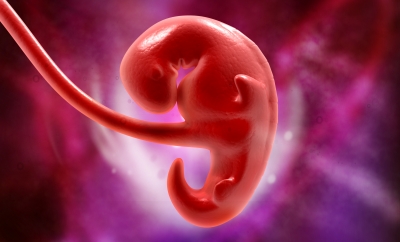Functions of Progesterone
Progesterone is the hormone that aids in maintaining a woman’s pregnancy for the entire gestation period. Prior to conception, progesterone is released by the corpus lute in to aid in building up the uterine lining in preparation for the implantation. Once fertilization has occurred, the corpus lute in will continue to release progesterone until week 10 of the pregnancy, where the placenta has developed enough to take over. Progesterone also reduces the immune rejoinder, prevents early contractions and reduces prostaglandins.
During pregnancy, the HCG of levels will actually differ. When analyzing chg. levels, the most significant t factor is that the numbers are doubling at least every 48 to 72 hours. To achieve a rather positive pregnancy test, the chg. standard must be at 25 maul/ml or higher. On a normal pregnancy, the HCG levels will start at around 5 maul/ml — mille-International Units per Milliliter — and may eventually rise to around 300,000 maul/ml by the end of the very first trimester. At that particular point ultrasounds are the best indicators of a healthy pregnancy rather than chg. levels.
In some cases where the pregnancy is just not progressing on a normal rate, a hormone levels of a woman may indicate a potential difficulty. If there is a threatening miscarriage, both the progesterone and HCG will be very low and just not increasing as it is predictable. When a miscarriage occurs, both hormone levels will drop massively. When it comes to ectopic pregnancy, HCG hormone levels may due increase on a normal rate for a while but the progesterone will stay lower without progress. It is mostly significant to pass on to the doctor if you suspect any problem. Progesterone and HCG levels do vary dramatically among ladies that the woman’s hormone ranks showing miscarriage could be the same levels for another woman’s successful pregnancy.
HCG and Levels of Progesterone
Progesterone levels do vary considerably from one woman to another woman in the course of pregnancy and also rise as the pregnancy develops. A normal gestation will see an increase in the level progesterone from 1 to 3 mg/ml, or monograms per milliliter, about every two days. A guide for progesterone levels is 9 to 46 mg/ml in the first trimester, increasing to about 17 to 146 mg/ml in the second trimester with a culmination in the third trimester of 49 to 300 mg/ml. It is also significant to remember the increase in the level of progesterone is often
more significant than the actual number.
Did you have any problems with your hormone levels?
